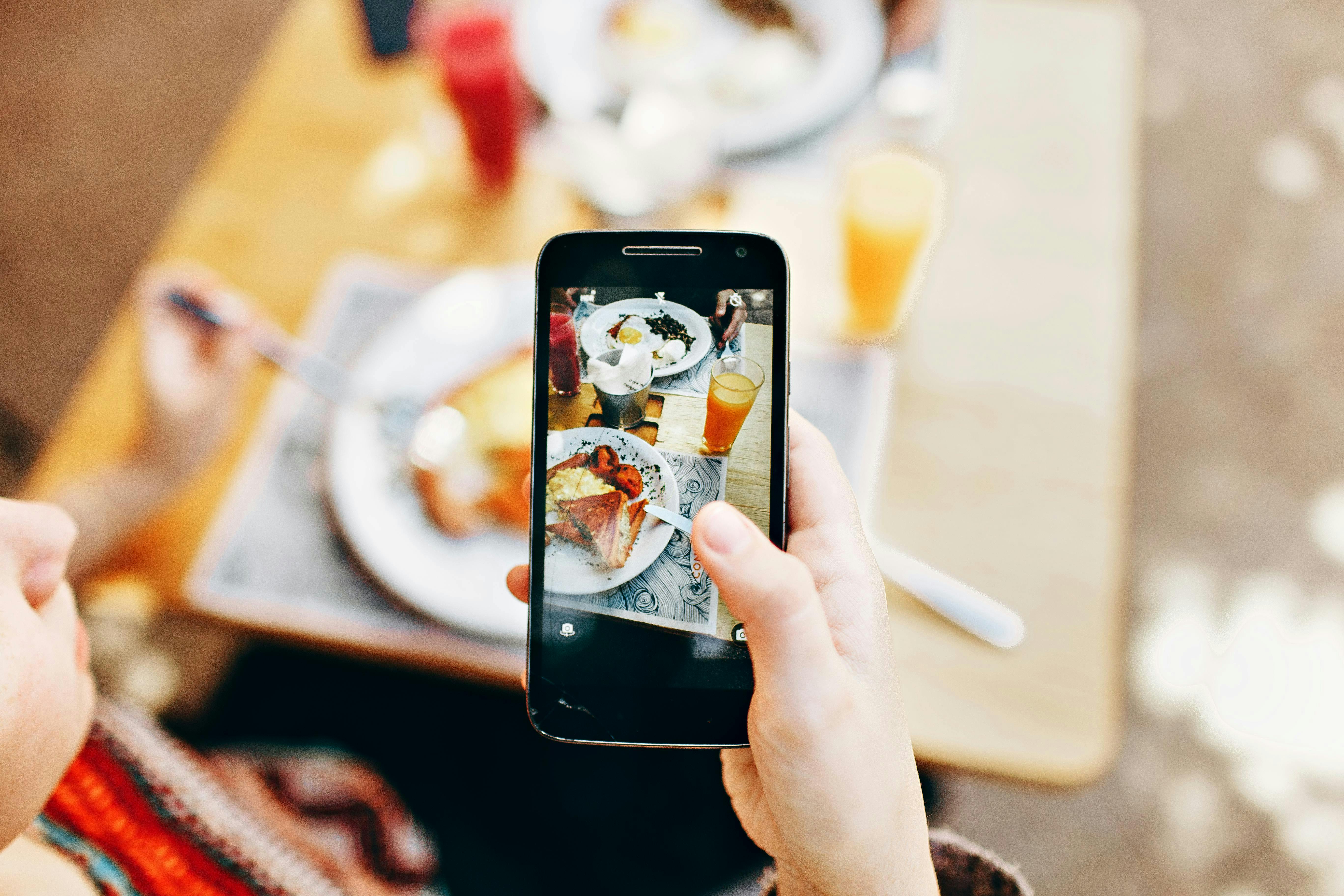This AI counts your calories from a video
Since the rise of Instagram, a dinner out at a restaurant means seeing at least a handful of fellow diners whipping out their phones as their food is served. Even if you don’t document your meals this way, you know what they’re doing: snapping a picture to share online.
What if this action came to have another purpose? One more closely tied to health than likes.

Now, with technology developed to calculate nutritional value from images, we can reimagine the utility of documenting our meals.
The story: University of Waterloo scientists have developed an algorithm that can calculate the caloric value of the food you eat from videos of you eating it. Every spoonful, analyzed.
How it works: Existing image-based diet-tracking tech relies on images like those we mentioned above: static, before and perhaps after the meal. However, these images are limited in their ability to capture everything about a meal, the scientists behind this project have pointed out.
- Instead, their diet-tracking approach relies on a user-facing, stationary video camera.
- The camera allows for tracking food consumed per spoonful, as shallow utensils are easier portions to quantify—and easier to visually capture.
- Right now, the system can accurately capture intake of so-called “liquid-solid heterogeneous mixtures.” In other words: soups, stews, even yogurts.
What’s the purpose?: The system is noteworthy in its increased accuracy and user-friendliness. No need to fumble around with a phone camera angle and self-report before-and-after plate photos. But where is such a degree of dietary tracking even necessary?
- The team’s original goal was to monitor the diets of long-term care patients and ensure they were eating enough to support their health.
Dieting applications and concerns: While the Waterloo team’s project is intended for more clinical use, diet-tracking products have an appeal beyond this limited application.
- Image-based calorie counting tools, like SnapCalorie, are already growing in popularity.
- Such tools make nutrient and calorie monitoring easier, eliminating the need for odious food scales and inaccurate visual estimations.
However, while these tools may be genuinely helpful for users with a genuine nutritional need to track macronutrients, for instance, their use without clinician guidance can be cause for concern. Use of diet-tracking apps has been linked to a higher risk of disordered eating behaviors.